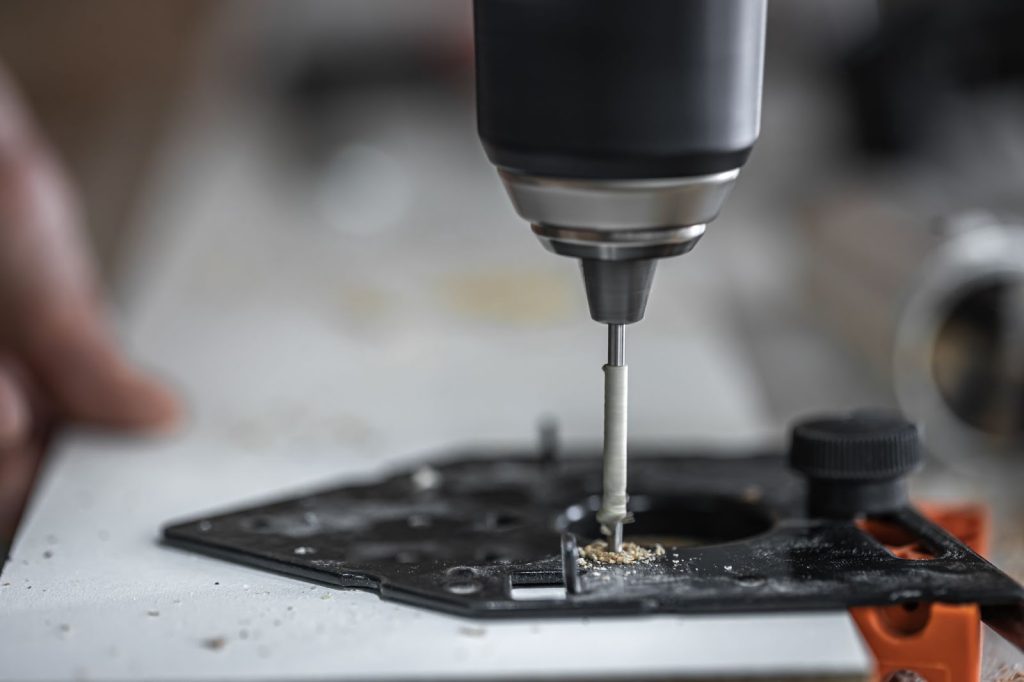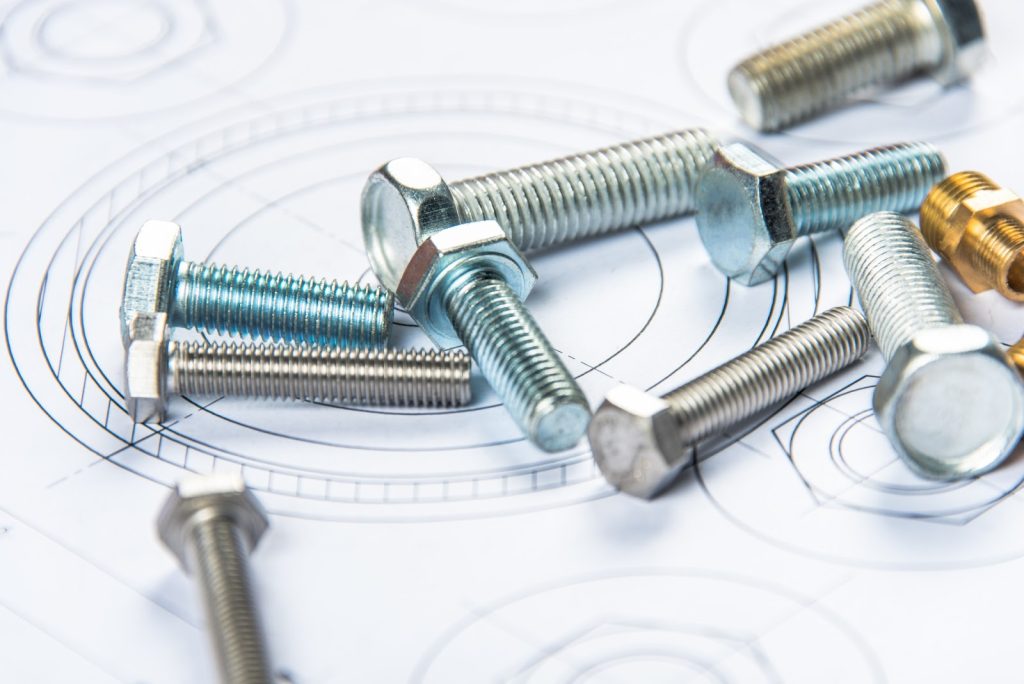How to Remove a Stripped Hex Screw?
Removing a stripped hex screw can be challenging, but several effective methods can help.
Whether the hex screw head is rounded, worn, or stuck, using the right hex screw tool or technique can make the process easier.
This article introduces eight proven methods to safely remove a damaged hex screw, helping you avoid frustration and potential damage to surrounding materials.
Read on to learn more.

8 Methods to Remove a Stripped Hex Screw
1. Use a Rubber Band for Extra Grip
A quick fix for a slightly stripped hex screw is placing a rubber band between the hex head screw and the hex screwdriver.
The rubber provides extra grip, reducing slippage when turning the screw.
This method works best for minor stripping issues where some traction remains.
2. Apply a Manual Impact Driver
A manual impact driver delivers sudden force, helping to break the screw loose.
Insert the correct hex screw tool, such as an Allen hex screw wrench or bit, into the stripped hex screw head and strike the driver’s handle with a hammer.
The impact can loosen the screw and allow for easier removal.
3. Use Pliers for External Grip
If the hex lag screw is slightly protruding, locking pliers (such as Vise-Grips) can be clamped around the head for extra leverage.
This method works well when the hex screw head is too damaged for a standard hex screwdriver but still accessible with an external grip.
4. Try a Different Hex Bit or Tool
Using a slightly larger hex screw tool can provide a tighter fit and help remove the unscrewed stripped hex screw.
A Torx bit or a flat-head screwdriver wedged into the stripped recess may provide the necessary grip to turn the screw.

5. Apply Heat to Expand the Metal
Heating the hex screw head with a soldering iron or propane torch can cause the metal to expand slightly, breaking any rust or corrosion that may be holding the screw in place.
Once heated, let it cool slightly and try removing it with a hex screwdriver.
6. Use a Screw Extractor
A screw extractor is designed specifically to remove stripped hex screws.
Drill a small hole into the center of the screw, insert the extractor, and turn counterclockwise.
The extractor’s reverse-threaded design grips the screw, allowing for easy removal.
7. Drill Out the Hex Screw
For screws that cannot be removed by other means, drilling is the last resort.
Use a drill bit slightly smaller than the hex screw head and carefully drill into it.
This method should only be used if you plan to replace the screw, as it will likely damage the existing hole.
8. Use a Rotary Tool to Cut a New Slot
A rotary tool (such as a Dremel) with a cutting disc can be used to create a new flat-head slot in the stripped screw.
Once cut, a flat-head screwdriver can be used to remove the screw.
This method is effective but should be used with caution to avoid damaging surrounding materials.
Exploring CNRL Fasteners as a Trusted Hex Screw Manufacturer
Stripped hex screws can be frustrating, but with the right tools and techniques, they can be removed without damaging the surrounding area.
Whether using a screw extractor, heat, or manual impact force, each method has its advantages depending on the severity of the stripping.
For high-quality hex head screws and reliable fastener solutions, CNRL is a leading hex screw supplier specializing in durable and precision-engineered fasteners.
Their products meet industry standards for strength and reliability, making them a trusted choice for various applications.
Resources
CNRL Fasteners uses only high-quality sources, including peer-reviewed studies, to support the facts within our articles. Our commitment to accuracy and reliability ensures that readers receive well-researched information they can trust.